Pederick Engineering has to be one of the oldest established rural agricultural engineering business names in Western Australia, with the original company established by Clifford Pederick in Wagin, WA, in 1928.
Pedericks continued to grow until they stopped trading in the 1980s due to the loss of income caused by the rural recession, at which time there were 98 workers employed. The company was purchased by P&S Plank in 1988 and relocated to Darkan, west of Wagin, WA, where once again, the iconic Pederick Engineering name lives on and is still heavily involved and propering in the agricultural industry, manufacturing agricultural machinery, silos, field bins, augers, 5-in-1 bins, fuel tankers, rakes, rollers, rippers, loader attachments, and fox traps. Pederick Engineering also still carries out repairs, or customisation to equipment.
Clifford Pederick initially used his inventive skills to make replacement parts for farm machinery as well as repairs. After using hand tools for the first two years, in 1930 Clifford purchased an oxy welding plant and then, two years later, an arc welder, which was driven by a truck engine.
Then, during the 1930s and 40s, Pedericks began to make very efficient gas producers for motor vehicles, reportedly selling over 10,000 units during the War years. Companies such as Victorian Rail (VR) used the Pederick gas producer units for their railmotors where their weight wasn’t such an issue - generally gas producers are reported to have weighed about half a ton and on other vehicles, such as the Prime Minister’s car at the time, which had one fitted, it cracked the axle and had to be removed.
Clifford Pederick seems to have been quite partial to the gas producers though as he was still taking out new patents not long before he died in the early 1980s.
From 1950 onwards, large areas of new land were being opening up for agriculture in Western Australia, and heavy-duty land-clearing machinery such as ploughs and pin-wheel root rakes became the new focus for the company with which to successfully move forward.
The dual-power tractor hitch for hooking two tractors together with the controls for steering, clutch, gear shift and throttle on the rear tractor, was a product that enabled farmers to pull bigger, heavier machines.
Pasture toppers, front-end loaders, and three-point linkage implements for smaller tractors were also made, which brings us to the small Winget tractor featured in this story.
Winget of Hartlepool, England, has history going back to the Concrete Machine Company, founded in 1908 by John Faulder Burn, after he saw a new block moulding machine on a trip to the USA, for which he bought the UK rights to. This company became very successful, building concrete moulding machinery and concrete mixing plants. The Concrete Machine Company then became part of the Winget Group, who were building small site dumpers powered by an 8hp Lister engine, and it was this machine that they re-invented to become a small garden-type tractor. Pedericks entered an agreement with Winget to build this tractor under license in Australia.
Winget supplied one complete machine and the Lister engines, transmissions, and steering gear for another 14 units.
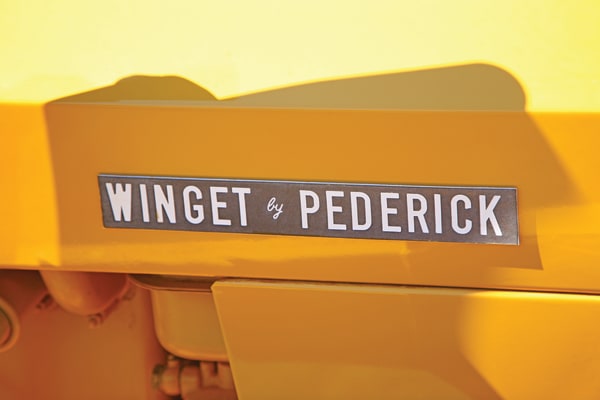

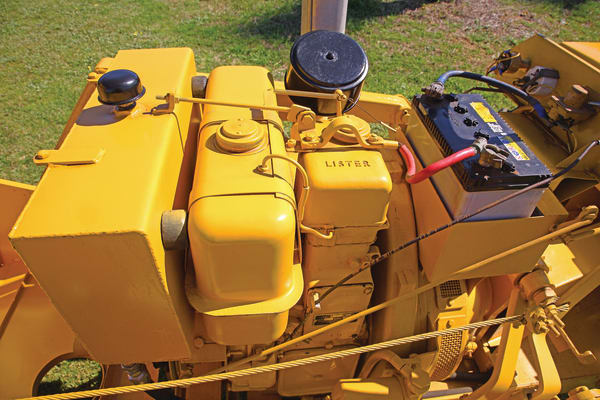
Pedericks manufactured the chassis, front axle assemblies, wheels, seats, and bodywork. Production began in 1969, with the 14 units being the total number made. Most had electric starting, 3-point linkage, and a power take-off.
Several were made without electrics and fitted with spark arresters, for use on airfields as tow motors for fuel trailers. It is unclear why so few were made, or how many have survived - maybe they were just under-powered compared with small tractors from Japan.
An airfield model is in the Hugh Manning Tractor Museum, Serpentine, WA, and an agricultural model with loader is displayed at the Dardanup Heritage Park, WA.
The restoration of the Dardanup machine was undertaken by the team at the Dardanup Heritage Park. While it didn’t take too much time, the restoration involved a complete strip-down of the machine. We found no mechanical problems, though the steering box was badly worn and new bushings had to be turned up. The steering wheel was badly cracked and required refurbishing, and the two front tyres were replaced. The machine was then completely sandblasted before being repainted.
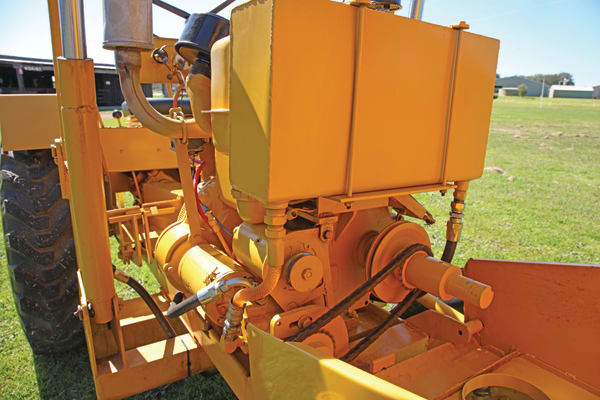
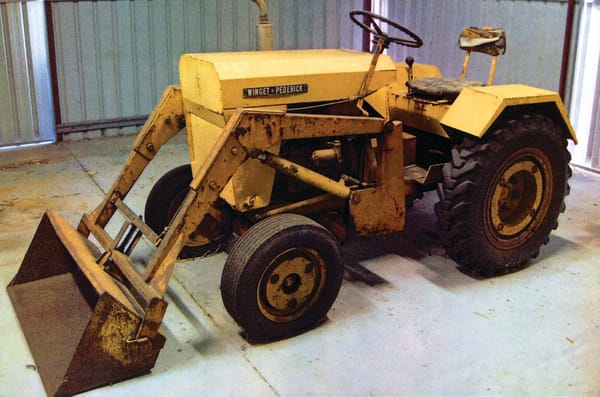
The Pederick Tractor Specifications:
Engine: Lister SR1 8hp;
Gearbox: 3-speed constant-mesh. Differential and driver axle are built as one unit and incorporate a diff lock.
The match-made implements consist of: a plough, cultivators, disc harrow, rotary hoe, rotary mower, transport box, a tipping trailer and front-end loader.
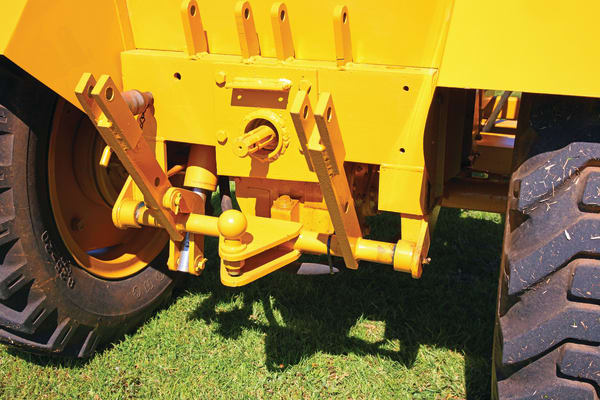
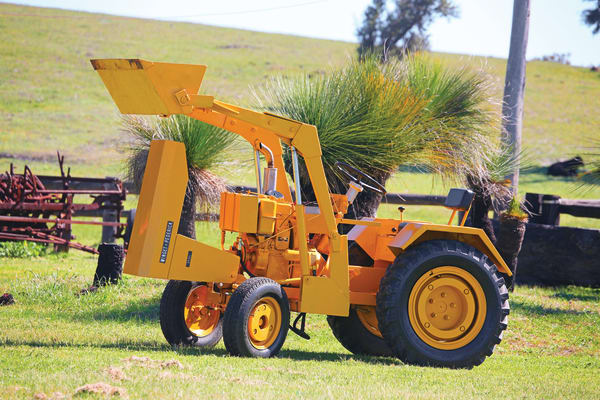
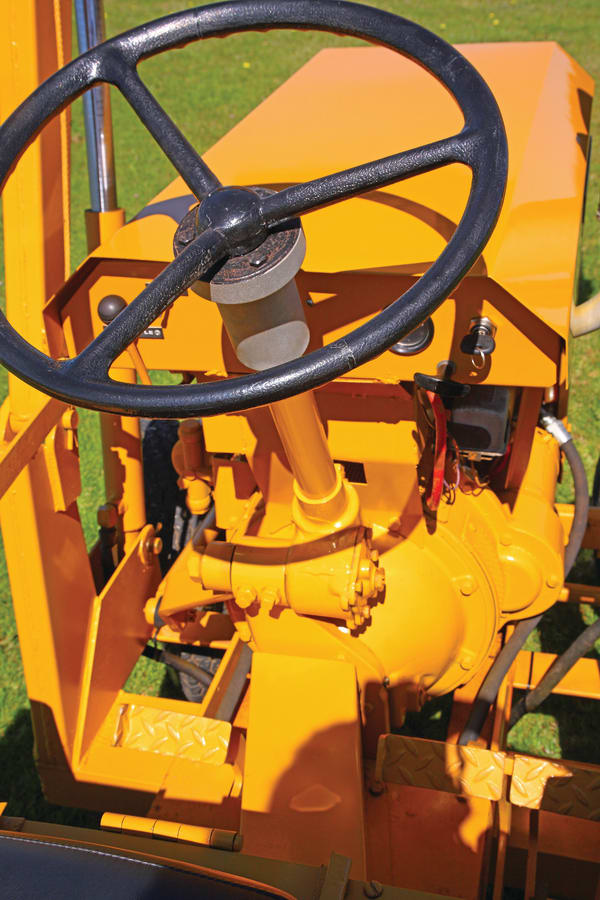
The restored tractor was exhibited at the Dowering Field Days by the Dardanup Heritage Park as members of the Tractor and Machinery Association of WA, known as Tracnach. It drew a lot of interest here, as many people didn’t know that Pedericks had made this garden-type tractor, though they were more familiar with their larger machines. *Hugh Cawdell





